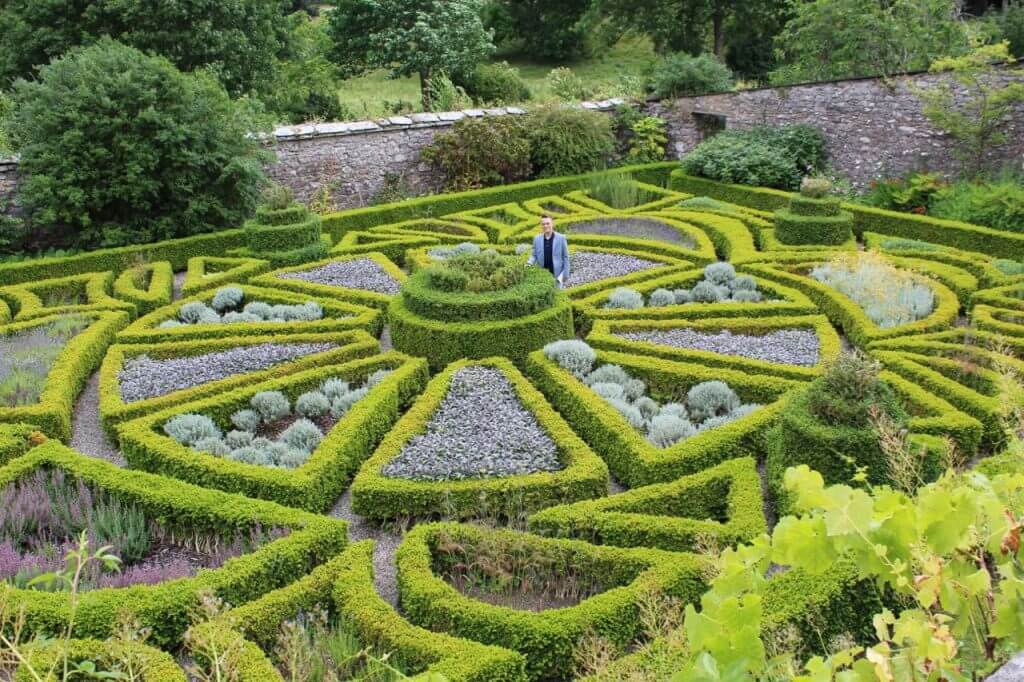Styles of Gardening
a. Formal style of gardening:
- Main features of this style of gardening are: first plan is made on the paper and then land is selected/managed accordingly.
- Plan is symmetrical.
- Garden or gardens components are of geometric design i.e. squares, rectangular etc. Therefore, the roads are cut at right angle. Flower beds are also of geometric shapes.
- The arrangements of tree and shrubs are necessarily geometrical and kept in shape by trimming and training.
- Other features like fountains, water pools etc. are used for further attraction. The examples of such style of gardening are Persian gardens and Mogul garden.

b. Informal style of gardening:
- This style reflects naturalistic effect of total view and represents natural beauty.
- This style is just contrast of above formal style. In this, plan is asymmetrical and
- according to the land available for making garden.
- Roads, paths are made curvaceous and bending. Water bodies are made of irregular shapes. Hillocks are made to create natural mountainous scenery.
- Flower beds are also made of irregular shapes suiting to surroundings.
- Plants are allowed to grow in natural form and instead of trimming, annual pruning is done.
- Japanese gardens are the best example of this style of gardening.

c. Free style of gardening:
- This style combines the good points of both formal and informal style of gardening.
- Rose garden of Ludhiana is an example of this style of gardening.
